Dietary supplementation of soy lecithin at 42 to 50 grams per kg improved growth nutrient digestibility and decreased body lipid accumulation
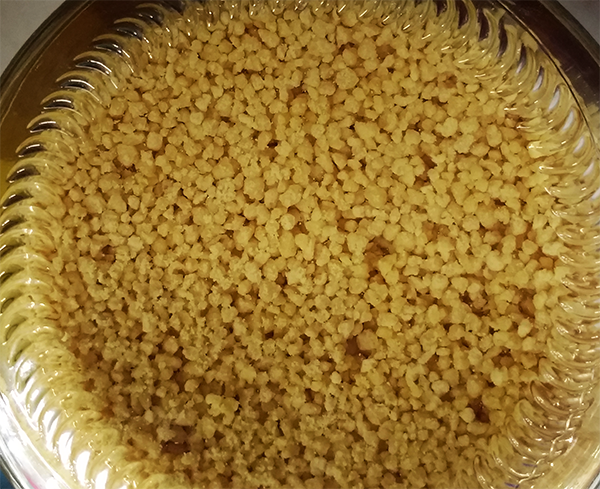
One strategy to help fish cope with low suboptimal temperatures in aquaculture systems is to provide an optimal diet to meet their metabolic needs under such conditions. Due to the main changes in lipid metabolism in suboptimal temperatures, dietary lipid modulation is of paramount importance when designing such diets.
Previous studies have shown that diets containing polyunsaturated fatty acids (PUFAs), mostly from the omega-3 series, improved the growth and feed efficiency of Nile tilapia (Oreochromis niloticus) reared at suboptimal temperatures. Other studies have reported that thermal tolerance and survival were improved in Nile tilapia that were fed diets supplemented with omega-3 PUFAs.
Dietary lipid modulation in Nile tilapia raised at suboptimal temperatures was previously investigated by adding different lipid sources, a mixture of vegetable oils, or feed additives, where fatty acids were present in the form of triacylglycerols (neutral lipids). Phospholipids are polar lipids and may be superior to neutral lipids as a source of fatty acids because of their superior digestibility. Dietary inclusion of phospholipids has been shown to improve lipid emulsification and facilitate digestion by improving intestinal absorption of long-chain fatty acids. Phospholipids are interesting candidates for inclusion in winter (cold weather) diets for fish because of their important biological functions and role in adaptation to low temperatures.
Currently, soy lecithin is the primary phospholipid source in fish and crustacean feeds. Owing to the large volumes of soybeans produced globally, soy lecithin is a readily available form of phospholipids for fish diets. Despite the important role of phospholipids in fish adaptation to low temperatures, no studies have yet investigated the inclusion of phospholipid sources, such as soy lecithin, under suboptimal temperature conditions. Thus, considering the worldwide distribution of tilapia farming, which includes subtropical climate regions,
This article – summarized from the original publication (Batista, R.O. et al. 2023. Soy Lecithin Supplementation Promotes Growth and Increases Lipid Digestibility in GIFT Nile Tilapia Raised at Suboptimal Temperature. Fishes 2023, 8(8), 404) – evaluated the dietary inclusion of soy lecithin as a source of phospholipids on growth performance, digestibility and body composition of Nile tilapia raised at 22 degrees-C.
Study setup
The study included a growth trial and a digestibility trial. In the growth trial, four experimental diets were formulated with practical ingredients to meet the nutritional requirements of Nile tilapia. All diets were isonitrogenous and contained increasing levels of soy lecithin, SL (0.0, 21.0, 43.0, and 64.0 grams per kg; named 0SL, 21SL, 43SL and 64SL, respectively). The research was conducted at the Department of Aquaculture, Federal University of Santa Catarina, Florianópolis, Brazil. Nile tilapia juveniles of the genetically improved farmed tilapia (GIFT) – Epagri SC03 strain, sexually inverted to be male, were obtained from the Empresa de Pesquisa Agropecuária e Extensão Rural de Santa Catarina (Epagri, Itajaí, Brazil).
Fish were initially acclimatized to laboratory conditions in 1,000-liter tanks connected to a freshwater recirculation system (RAS), with a water temperature of 28 degrees-C, for two weeks. Subsequently, groups of 25 fish were distributed in 24 tanks of 100 liters (each tank was considered as an experimental unit). The fish were acclimated to the experimental units at 28 degrees-C for one week. In the second week, the water temperature was gradually reduced from 28 to 22 degrees-C (1 degree-C per day), and from the third week of acclimatization, the water temperature was maintained at 22 degrees-C.
For detailed information on the experimental design, fish husbandry, experimental diets, collection of fish samples and biometric data and statistical analyses, refer to the original study.
Results and discussion
The importance of dietary phospholipids for optimal growth and feed efficiency in fall/spring diets of tilapia was clearly demonstrated in the present study. In our study, the inclusion of phospholipids in the form of soy lecithin improved the weight gain, feed efficiency, and digestibility of lipids for Nile tilapia when raised at suboptimal temperatures (22 degrees-C). The optimal soy lecithin inclusion level was estimated to be 42.2 grams per kg for weight gain and 49.8 grams per kg for feed efficiency.
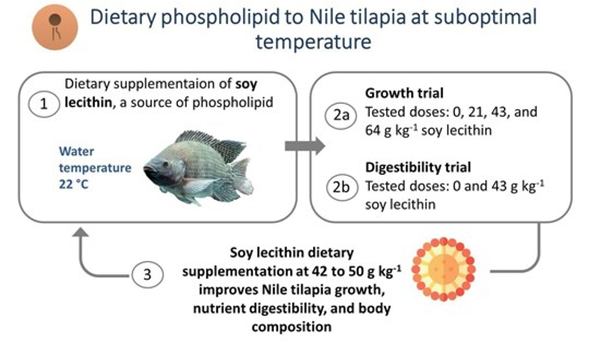
Several studies have reported the benefits of phospholipid inclusion in fish diets for improved growth, survival, resistance to high temperature stress, absorption, and distribution of lipids, especially for fish in larval stages and marine carnivores. However, studies addressing phospholipid inclusion in the diets of juvenile and adult freshwater omnivorous fishes in particular are scarce because they show a high capacity to synthesize phospholipids de novo compared to marine carnivores.
Positive growth results have also been reported for juvenile Nile tilapia at optimal growth temperatures with the dietary inclusion of purified phosphatidylcholine (PC). PC is one of the most abundant phospholipid classes in fish tissues and plant ingredients, including soy lecithin. In those studies, dietary supplementation with 15.0 grams per kg PC increased the weight gain and feed efficiency of juvenile Nile tilapia maintained at 28 degrees-C; however, in adult fish kept at 28 to 34 degrees-C, dietary supplementation with PC did not affect weight gain despite increasing feed efficiency and PC content in the liver, but with decreasing fat content in the liver, viscera and whole body.
At the ideal rearing temperature, omnivorous freshwater fish may not require dietary phospholipid inclusion, because their ability to synthesize phospholipids de novo is sufficient for adequate physiological function. However, at low temperatures, the nutritional requirements of freshwater fish, especially lipid requirements, may change given their ectothermic conditions and inherent metabolic changes. For instance, biological membranes undergo homeo-viscous adaptation, which involves the remodeling of the phospholipid membrane portion. Remodeling primarily comprises changes in the fatty acid composition and proportion of phospholipid headgroups. Therefore, our findings showed that phospholipid inclusion in Nile tilapia diets can significantly contribute to improved growth performance at suboptimal temperatures.
First full reference genome for a genetically improved tilapia strain could aid global food security
The improvement in feed utilization observed in our study may be related to the higher digestibility of nutrients conferred by soy lecithin due to its emulsifying properties that improve feed digestion. The mode of action of emulsifiers is related to increasing the active surface of lipids and promoting the formation of micelles (lipid molecules that arrange themselves in a spherical form in aqueous solutions) by fatty acids, a step that is crucial for the digestion and absorption of lipids. Thus, evaluating products to improve intestinal digestion and lipid absorption, thereby improving nutrient utilization, is an important strategy for increasing the sustainability of Nile tilapia farming at lower-than-optimal temperatures.
Our findings also show that, despite the low temperature, the inclusion of soy lecithin improved the digestibility of total lipids, polar lipids, and fatty acid groups such as saturated fatty acids (SFA), polyunsaturated fatty acids (PUFA), and monounsaturated fatty acids (MUFA). An improvement in nutrient digestibility and thus a higher intake of digestible nutrients in the diet with 43.0 grams per kg of lecithin corroborate the greater growth of fish fed soy lecithin. There was also an increase in the digestible consumption of such nutrients, resulting in the highest consumption of digestible energy, which supported the highest performance found in fish fed soy lecithin supplemented within the range of 42 to 50 grams per kg.
The positive biological responses of Nile tilapia to the dietary inclusion of soy lecithin make it an excellent choice for winter diets, especially considering its wide availability in the market. While fishmeal is also a good source of phospholipids, its use is often not economically feasible in Nile tilapia commercial diets, which increases the relevance of using a plant phospholipid source such as soy lecithin. More studies should be conducted to evaluate how phospholipid sources, particularly soy lecithin, affect fish immune responses to the various challenges imposed by farming.
Perspectives
This is the first report of growth performance improvements in Nile tilapia when fed diets containing soy lecithin and raised at a suboptimal temperature. An improvement in growth and feed efficiency and a beneficial reduction in viscerosomatic and hepatosomatic indices were also observed because of the dietary inclusion of soy lecithin.
Through our modeling, we found that soy lecithin inclusion at 42.2 grams per kg was the best for weight gain and 49.8 grams per kg was best for feed efficiency, while inclusion at 50.2 grams per kg resulted in the lowest accumulation of body fat and 43.0 grams per kg improved digestible energy and digestible nutrient intake.
Overall, our findings show that the best inclusion level of soy lecithin in fall/spring diets for Nile tilapia juveniles housed at low temperatures is within the range of 42 to 50 grams per kg.
Now that you've reached the end of the article ...
… please consider supporting GSA’s mission to advance responsible seafood practices through education, advocacy and third-party assurances. The Advocate aims to document the evolution of responsible seafood practices and share the expansive knowledge of our vast network of contributors.
By becoming a Global Seafood Alliance member, you’re ensuring that all of the pre-competitive work we do through member benefits, resources and events can continue. Individual membership costs just $50 a year.
Not a GSA member? Join us.
Author
-
Dr. Débora Machado-Fracalossi
Corresponding author
Department of Aquaculture, Federal University of Santa Catarina, Florianópolis 88034-001, SC, Brazil[114,98,46,99,115,102,117,64,105,115,115,111,108,97,99,97,114,102,46,97,114,111,98,101,100]
Tagged With
Related Posts
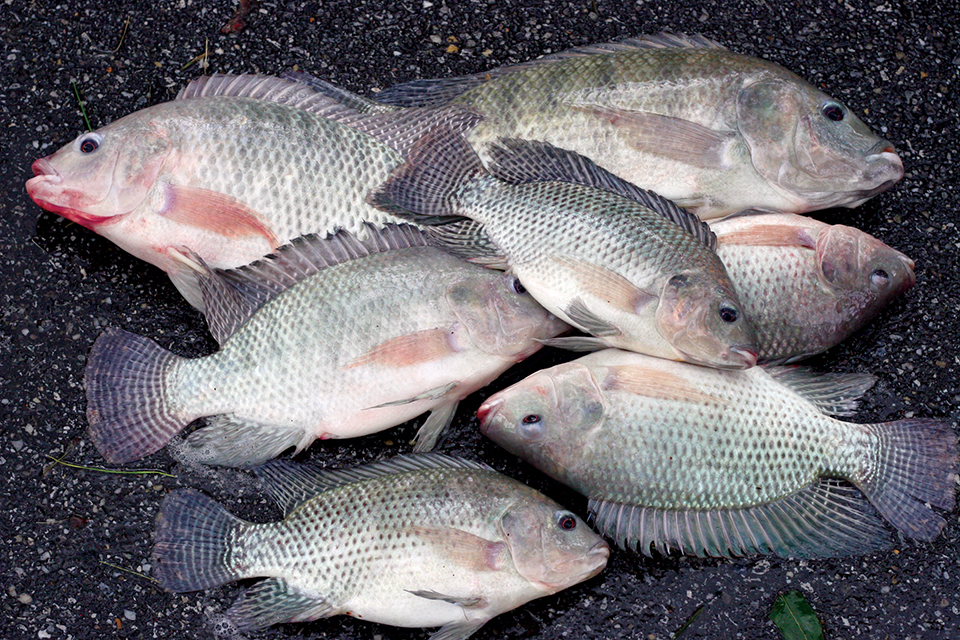
Health & Welfare
Effects of varied dietary lipid sources tested in tilapia study
A study of Nile tilapia provided feed with varying dietary lipid sources found that fish fed a diet with beef tallow exhibited poorer survival and growth performance than fish fed diets with plant oils, fish oil, or combinations of oils and tallow.
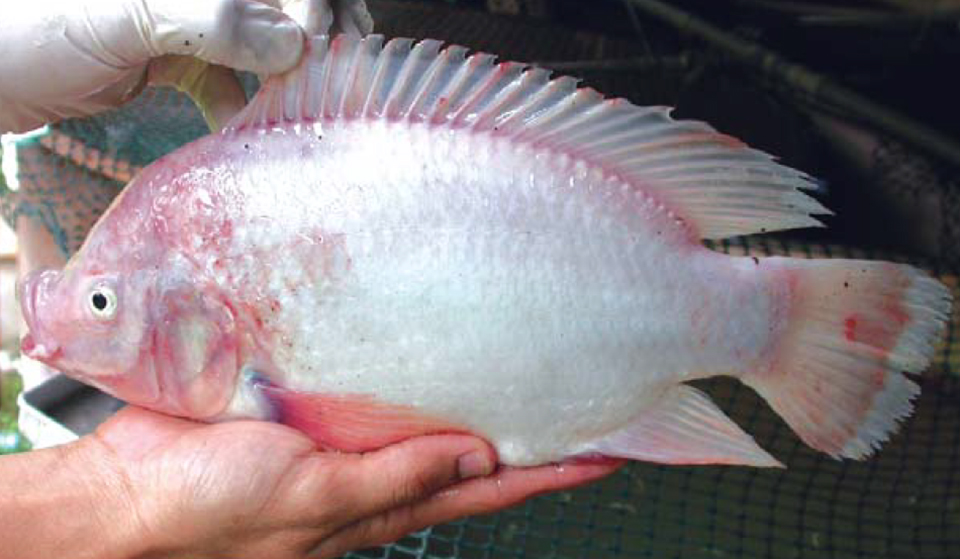
Aquafeeds
Lipid nutrition of farmed tilapia
The optimum dietary lipid level for tilapia ranges from 10 to 15 percent. Various vegetable oil products show promise as replacements for fish oil in feeds.
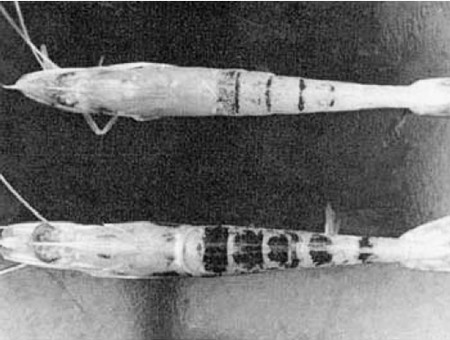
Aquafeeds
Nutritional disorders and aquatic animal health
Dietary nutritional disorders in farmed aquatic animals can be broadly defined as diet-related imbalances due to “under-” or “over-” nutrition.
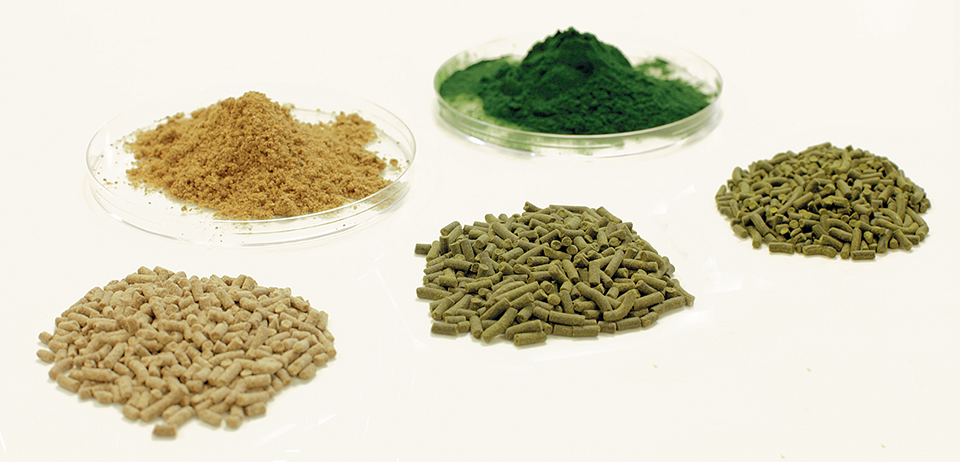
Aquafeeds
Algae alternative: Chlorella studied as protein source in tilapia feeds
Chlorella and other species have potential as protein sources in aquafeeds. In trials with tilapia fry raised in a recirculating system, the fish received a fishmeal-based control diet or feeds with portions of the fishmeal replaced by Chlorella.



